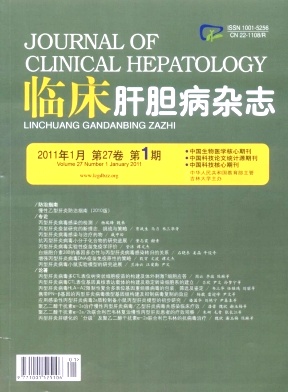Objective To construct dendritic cell(DC) vaccine expressing hepatitis C virus(HCV) multi-cytotoxic T lymphocyte(CTL) epitopes,which can stimulate T-cell response in vitro,providing certain information for immunization experiments in vivo for the next step.Methods DCs were infected with recombinant defective adenoviruses expressing two HCV CTL epitopes with tagged green fluorescent protein(GFP).The rate of infection was detected by the fluorescence microscope or flow cytometry;the expression of multiple CTL epitopes in DC was proved by RT-PCR and Western Blot.The cell surface markers of DC such as CD80,CD83,CD86 and HLA-DR were identified by flow cytometry.T cell proliferation effect promoted by DC was observed by cell counting kit-8(CCK-8).IL-12p70 in DC culture supernatant and IFN-γ in T cell supernatant were detected by Enzyme-Linked Immuno Sorbent Assay(ELISA).HCV specific CTL activity was measured by LDH release assay.Results Recombinant multi-CTL epitopes and GFP were successfully expressed in DC.Adenovirus can promote DC maturation,the percentages of CD80,CD83,CD86 and HLA-DR were(71.19±3.29)%,(81.21±5.07)%,(91.23±4.24)%,(97.95±5.31)% respectively.Infected DC promotes homologous T cell proliferation and the stimulation index was 6.806±0.247 when DC:T was 1:10.The secretion of IL-12 and IFN-γ was also increased to(193.83±6.25) pg/ml and(111.14±2.09) pg/ml respectively.The CTL stimulated by infected DC could specifically kill Huh-7.5 cells transfected with FL-J6/JFH transcripts.The cytotoxicity was 35.99% when the rate of effector to target was 100:1.Conclusion The multi-CTL epitopes recombinant adenovirus can effectively infect DC in vitro,promoting the T cell immune response,laying the foundation for developing anti-HCV DC vaccine.













 DownLoad:
DownLoad: